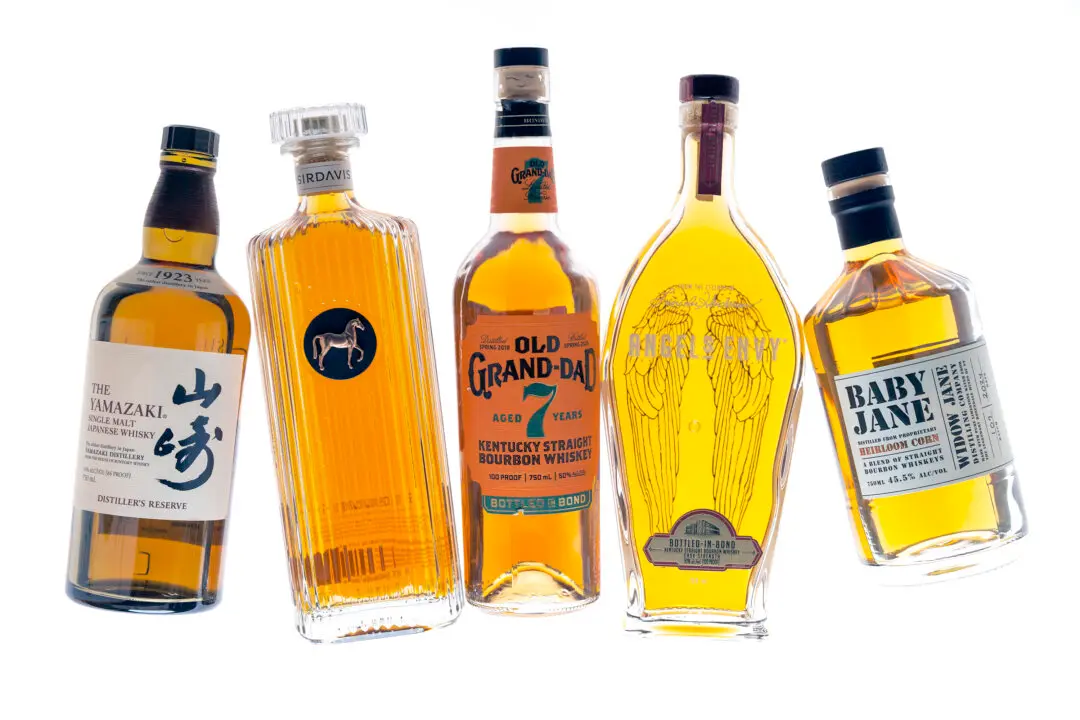The end of the evening is fast approaching on the African savanna. On safari in Kenya, deep in the heart of Loisaba Conservancy in Laikipia County, our late afternoon game drive is chilly, enough to snuggle under a blanket in the open-sided Land Rover. Most safari lodges and camps across Africa provide wool blankets for those cold drives, and Elewana Loisaba Tented Camp in in northern Kenya is no exception.
Underneath the blanket, my husband and I draw closer for warmth after a long, exciting day of sightings of wildebeest and zebra mingled together with giraffe and elephant. We saw a few lions and, from a distance, the silhouette of a leopard snoozing away in the top of a tree. Late in the evening, as it is now, we celebrate our game drive with a sundowner as the sun begins to make its descent in brilliant bursts of shimmering gold and silver, warm reds and oranges, and rich purples and blues.
We toast the blissful day on safari by indulging with a delightful gin and tonic garnished with a sweet, zingy wedge of lime, all swirled together into a gorgeous cocktail.
Call it happy hour in the bush. The safari sundowner, complete with a blazing fire and a G&T, is a time-honored tradition, an end-of-day round of applause to the amazing wildlife and culture that is unique to Africa. The sundowner is for sharing those special moments with a significant other when the two of you, ice-filled glasses of G&T sparkling in the setting sun, recall the scenes and sounds of the day: the deep, guttural groans of elephants moving in the bush, the high chirp-chirp of a mama cheetah beckoning her wandering cubs back to her side and, the best of all, a pride of lions, golden and lazy with not a care in the world, sleeping underneath a thorny acacia.
The G&T cocktail is the customary tipple of choice on an African sundowner. It’s clean. It’s refreshing. It’s aromatic with notes of juniper and the perfumes of other florals, herbs and botanicals. It warms you when it’s cold and cools you when it’s warm. Certainly it’s quite tasty and super-easy to make with one or two parts gin, three parts tonic water and a wedge of sweet, freshly sliced lime or orange, all poured and then stirred over ice to get it so cold that the glass beads. And it’s historical. Yes. Historical.
The history of the mystery of the gin and tonic
First, understand from whence quinine originates. The base of tonic is quinine, an alkaloid extracted from the bark of the cinchona tree. The cinchona, native to the Andean forests of South America, also grows in humid climates in Central America, some islands in the Caribbean and in western reaches of Africa. Quinine has been used for medicinal purposes of treating fever, malaria and other ailments since the pre-Columbian times. As an antimalarial, quinine lays waste to — in other words, kills — the nasty parasites that cause the dreaded disease.






